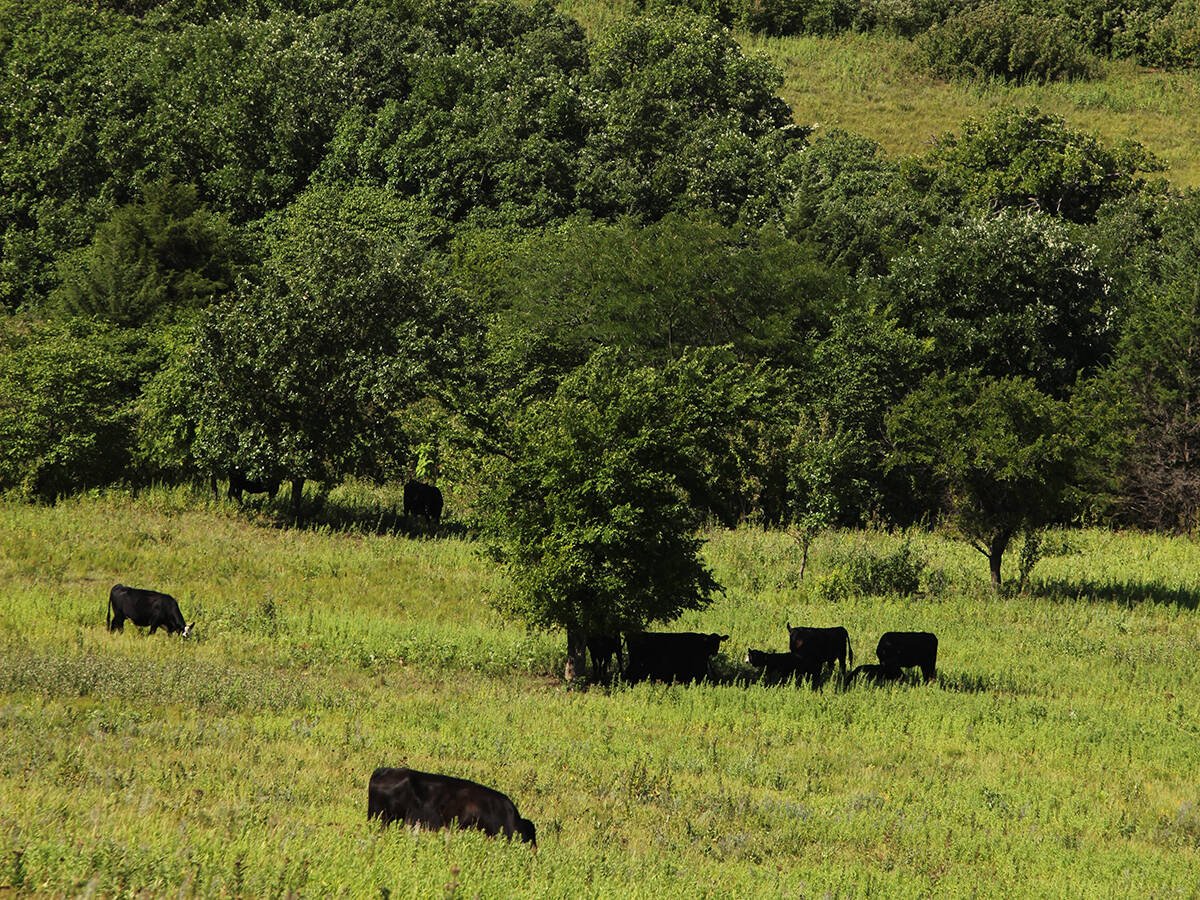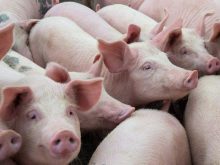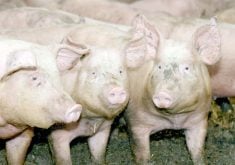CALGARY – The last time Gerald Lemmon drove from Calgary to Lethbridge, he noticed fields covered with trash.
The fields wearing last year’s stubble, often called trash, was proof for the Conservation 2000 co-ordinator that farmers have learned clean is bad and trash is good when it comes to preventing soil erosion.
Alberta Wheat Pool’s farmer-run conservation clubs are into their fifth year and many say sustainable agriculture goes beyond preventing soil from washing or blowing away.
Lemmon said clubs should expand their horizons and study a range of issues including water use, wetlands preservation, environmental law and safe handling of agricultural chemicals.
Read Also

Beef cattle more prone to trace mineral deficiencies
The trace mineral status of our cows and calves is a significant challenge for western Canadian producers and veterinarians.
Alberta farmers are facing a new water act and environmental protection regulations. Through their conservation clubs, they can get more information to interpret the effects such legislation will have on their livelihoods, said Lemmon.
Alberta pool expects to see more clubs form as interest expands. Currently, most clubs are in the south where preventing soil erosion is a major thrust. In central and northern areas, water quality, urban-rural debates or conflicts with other industries like timber companies confront farmers.
There are 39 Conservation 2000 clubs with about 1,500 farmer members.
With their expanded focus, the clubs can partner with groups like Ducks Unlimited, Prairie Care or the North American Waterfowl Management Plan to learn about water management, shelterbelts and forages to improve their farms.















